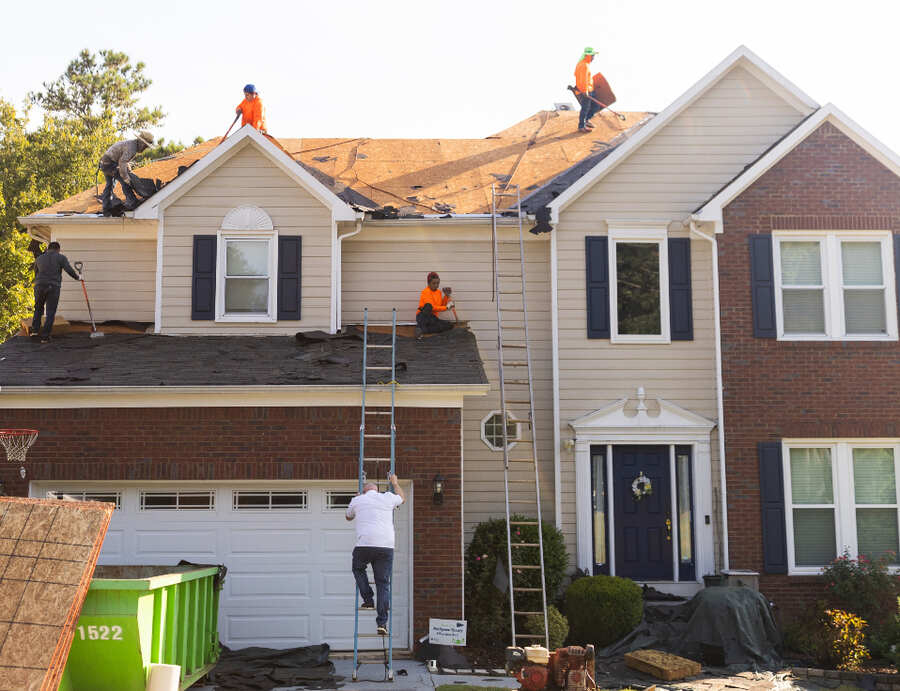Regular maintenance is key to keeping your home or property in top shape and avoiding expensive repairs down the line. Many costly repairs can be prevented by identifying small issues early and addressing them before they escalate. By taking a proactive approach to property upkeep, you can save time, money, and stress in the long run.
One effective way to identify potential problems is through site inspections, which allow you to thoroughly assess different areas of your property for signs of wear and tear. Conducting regular inspections ensures that minor issues don’t go unnoticed and helps you plan for necessary repairs before they turn into major financial burdens.
Here are some practical ways to spot maintenance issues early and prevent them from becoming costly repairs.
1. Keep an Eye on Plumbing Systems
Plumbing problems can quickly escalate if left unchecked, leading to water damage, mold growth, and structural issues. Small leaks, unusual noises, or slow drainage are all signs that something may be wrong.
What to watch for:
- Dripping faucets or water pooling under sinks.
- Low water pressure or inconsistent flow.
- Unpleasant odors coming from drains.
- Water stains on ceilings or walls.
Regularly checking your plumbing system can help you catch leaks early and avoid extensive water damage.
2. Inspect Roofing and Gutters
Your roof is one of the most important parts of your property, protecting it from the elements. Ignoring minor roof issues can lead to major repairs or even a full roof replacement.
Signs to look for:
- Missing or damaged shingles.
- Leaks or water stains in the attic or ceilings.
- Clogged or sagging gutters.
- Moss or algae growth indicating trapped moisture.
Cleaning gutters regularly and conducting visual inspections can prevent costly roof repairs down the road.
3. Monitor Electrical Systems
Faulty wiring or overloaded circuits can pose serious safety risks, including fire hazards. Ensuring that your electrical system is in good condition is crucial for the safety of your home and its occupants.
Key things to check:
- Flickering lights or frequent circuit breaker trips.
- Outlets that feel warm to the touch.
- Buzzing sounds or burning smells near electrical panels.
- Visible wear on wiring or exposed cables.
Scheduling an inspection by a qualified electrician can help identify potential hazards before they become emergencies.
4. Check for Structural Issues
Structural damage can compromise the integrity of your home and lead to costly repairs if not addressed promptly. Small cracks or foundation shifts should never be ignored.
Warning signs:
- Cracks in walls, ceilings, or flooring.
- Doors and windows that no longer close properly.
- Uneven or sloping floors.
- Moisture or mold in basement areas.
Keeping an eye on your property’s foundation and structural elements can help prevent long-term damage.
5. HVAC System Maintenance
Your heating, ventilation, and air conditioning (HVAC) system plays a major role in maintaining a comfortable indoor environment. Routine maintenance can help prevent costly repairs and improve energy efficiency.
Signs your HVAC needs attention:
- Unusual noises or odors coming from vents.
- Inconsistent temperatures in different rooms.
- Higher energy bills without a clear reason.
- Dust buildup around vents and filters.
Regular filter changes and professional inspections can extend the life of your HVAC system and prevent expensive breakdowns.
6. Look for Pest Infestations
Pests can cause significant damage to your property, from chewing through wiring to creating structural problems. Early detection can save you from costly extermination and repairs.
Common signs of pest problems:
- Droppings or chewed materials around the home.
- Holes in walls or flooring.
- Scratching or scurrying sounds in walls or ceilings.
- Unusual odors indicating nesting areas.
Taking preventive pest control measures and sealing entry points can help keep infestations at bay.
7. Maintain Exterior Areas
Outdoor spaces such as driveways, decks, and fences are exposed to weather conditions that can lead to deterioration over time. Routine maintenance can prevent costly repairs and keep your property looking its best.
Things to inspect regularly:
- Cracks or potholes in driveways and walkways.
- Loose or rotting wood on decks and fences.
- Peeling paint or rust on metal structures.
- Signs of water pooling around the foundation.
Taking care of your exterior areas helps preserve property value and prevent safety hazards.
Conclusion
Proactively identifying maintenance issues and addressing them early can save you from unexpected repair costs and ensure your property remains in top condition. Regular inspections, routine maintenance, and staying vigilant can go a long way in keeping your home safe and well-maintained.






